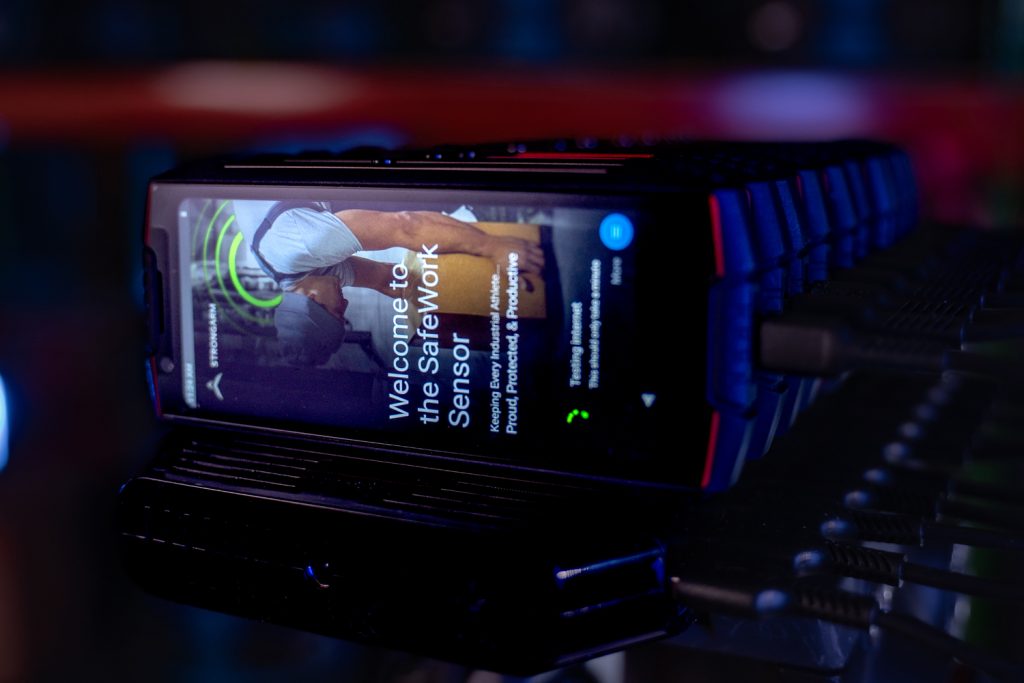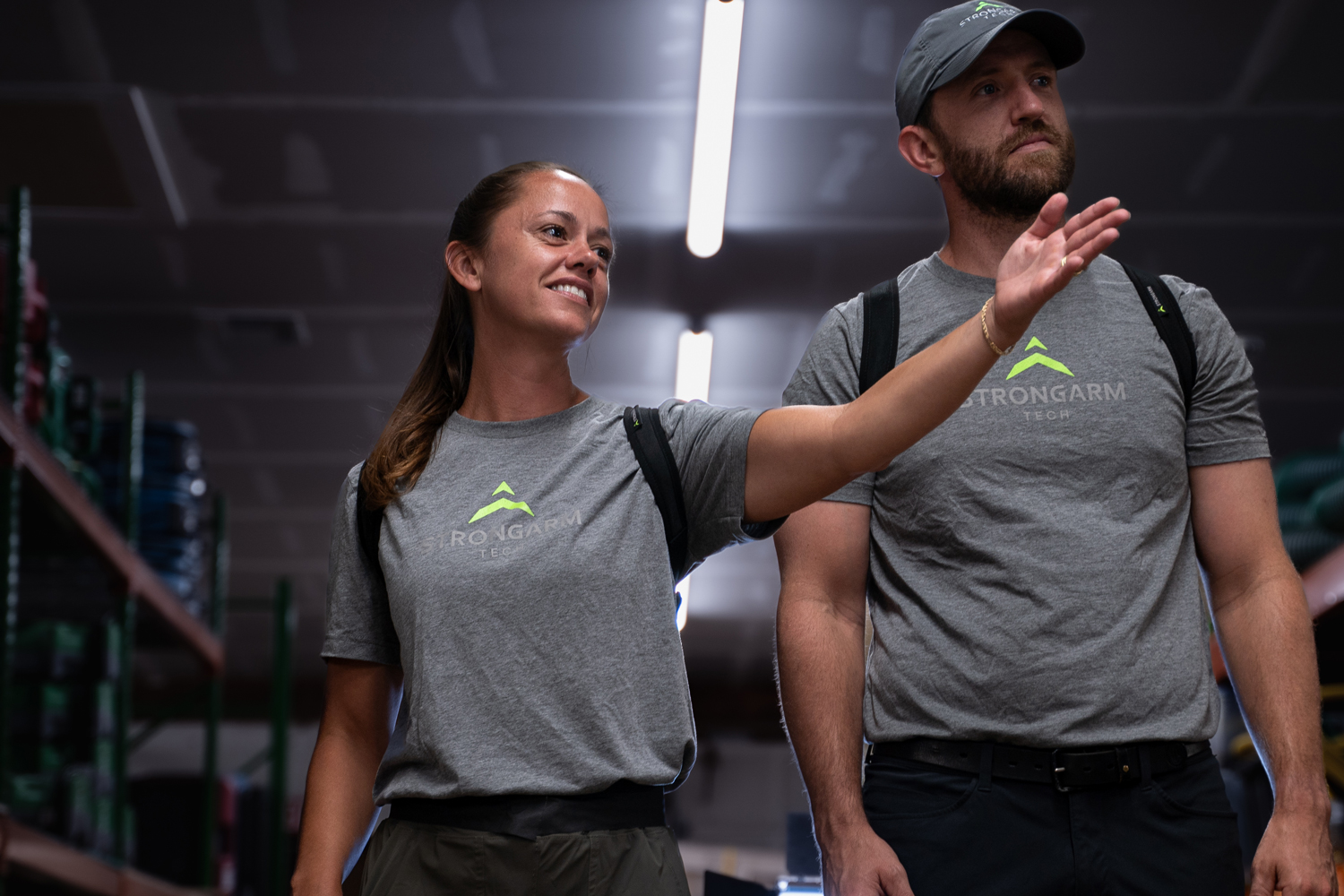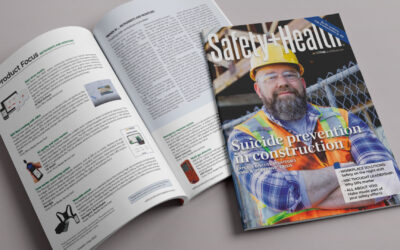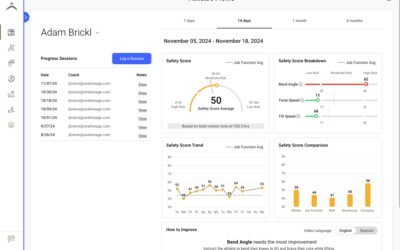Every peak season, the same story repeats itself. Operations teams celebrate record throughput while safety directors quietly tally the human cost: temporary workers facing disproportionately high injury rates and limited safety preparation.
This isn’t just a marginal issue. There are an estimated 1.4 million temporary help agency workers in the United States, according to NIOSH. For many companies, these workers form the backbone of critical seasonal operations.
Managing seasonal workforce safety at scale remains one of the industry’s most persistent challenges—one with serious financial and human consequences. As the holiday rush approaches, is your seasonal workforce truly protected?
The Real Numbers Behind Seasonal Risk
The data from federal agencies and multi-state studies paints a consistent picture:
Higher Injury Rates for Temporary Workers
A 2020 American Journal of Industrial Medicine study analyzing over 1.3 million Ohio workers’ compensation claims found that temporary agency workers had significantly higher overall injury rates than permanent staff in comparable roles — and most had less than one year of job tenure. (AJIM via PubMed, NIOSH Blog)
A multi-state ProPublica analysis confirmed the trends:
- Temporary workers faced 36%–72% higher injury rates than non-temporary workers.
- In some blue-collar roles, temps were up to six times more likely to be injured.
- Across all five states studied, temporary workers were 68% more likely to be placed in the most hazardous jobs.
- Workers’ comp claims for temporary workers are typically paid by staffing agencies, removing a key financial incentive for host employers to uphold safer worksites. (ProPublica Report, ProPublica Data Analysis)
Many of these incidents involve preventable musculoskeletal disorders (MSDs) — sprains, strains, and overexertion injuries — which account for a large share of workplace compensation claims and are exactly the types of injuries wearable safety technology can help address.
Training Gaps Amplify Risk
The same NIOSH research noted that over 40% of temporary workers reported never receiving any safety training from either their staffing agency or host employer. By contrast, this figure was 25% among permanent workers.
Why Traditional Safety Approaches Fail at Scale
Most safety programs were designed for stable workforces, where experience, mentoring, and cultural osmosis reinforce safe practices over time. Seasonal operations break this model in three critical ways:
- Compressed Training Windows: Large volumes of new workers arrive in a short period, often with little or no prior job experience.
- Risk Concentration: Many temporary workers fill roles in the highest-risk segments of the operation.
- Communication Gaps: Rapid onboarding and workforce churn make consistent safety communication extremely difficult.
Regulatory Guidance: Shared Responsibility Is Non-Negotiable
OSHA and NIOSH have made it clear: host employers and staffing agencies share responsibility for temporary worker safety.
- Host employers must record injuries and illnesses for temporary workers on their OSHA 300 log.
- NIOSH and OSHA best-practice guidance recommends joint risk assessments, clear written contracts specifying hazards and controls, and comprehensive training for all temporary workers.
(NIOSH Guidance, OSHA Temporary Worker Initiative)
The Industry Response: Real-Time Safety Support
To address these challenges, leading companies are moving beyond traditional training toward technology-enabled safety interventions that provide immediate feedback at the point of risk.
This includes wearable technology and real-time coaching systems designed to detect unsafe movements or conditions and alert workers instantly—helping scale safety oversight when workforce size surges.

6 Proven Practices for Protecting Seasonal & Temporary Workers
Leading companies combine regulatory guidance with practical, tech-enabled measures to keep workers safe:
1. Deliver Effective, Targeted Training
Use concise, role-specific onboarding that covers the top hazards workers will face. Multilingual content and visual aids are critical. For returning seasonal staff, refreshers before peak shifts keep safety top of mind.
→ Micro-learning modules make this faster and easier for short-term staff. Strongarm helps deliver safety training that sticks. Ask us how.
2. Clarify Responsibility with Written Agreements
OSHA recommends clearly defining which party—host employer or staffing agency—handles training, PPE, and injury reporting. Put it in writing to avoid gaps that put workers at risk.
3. Use Tech for Real-Time Coaching
Wearable safety devices can provide instant feedback when workers move unsafely, preventing strain injuries before they happen. These systems also capture data for trend analysis, making it easier to adjust training and prove ROI.
→ Find out how Strongarm makes it easy to deliver instant personalized training to seasonal workers. Ask us how.
4. Post & Reinforce Safety Information
Strategically place visual reminders near high-risk areas: proper lifting techniques, emergency exits, and incident reporting steps. Temporary workers often rely on these quick-reference cues during fast-paced shifts.
5. Restrict Hazardous Tasks to Tenured Staff
Certain roles require special certification or skill—don’t assign high-risk work to untrained temps. Define limitations clearly during onboarding and verify compliance on the floor.
6. Track and Share Safety Metrics
Use dashboards to monitor near misses, risk scores, and compliance across both staffing agencies and host employers. Sharing this data builds accountability and drives continuous improvement.
→ Put safety in the hands of managers AND workers with easy-to-use dashboards that update in real-time. Ask us how.
The Bottom Line
Temporary workers play a vital role in meeting seasonal demand, but they also face disproportionate safety risks. The companies that invest in scalable safety strategies not only protect workers but also gain a competitive advantage through operational continuity, lower injury costs, and stronger workforce retention.
Key Questions for Safety Leaders
- Do you know your current injury rate among temporary workers?
- How consistent is safety training between your staffing agencies and host sites?
- What measures do you have in place to maintain a safety culture when your workforce doubles in a matter of weeks?
The data is clear: traditional approaches aren’t enough.
Building a safer seasonal workforce starts with acknowledging the scale of the risk and taking action before the next hiring surge.




